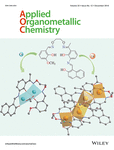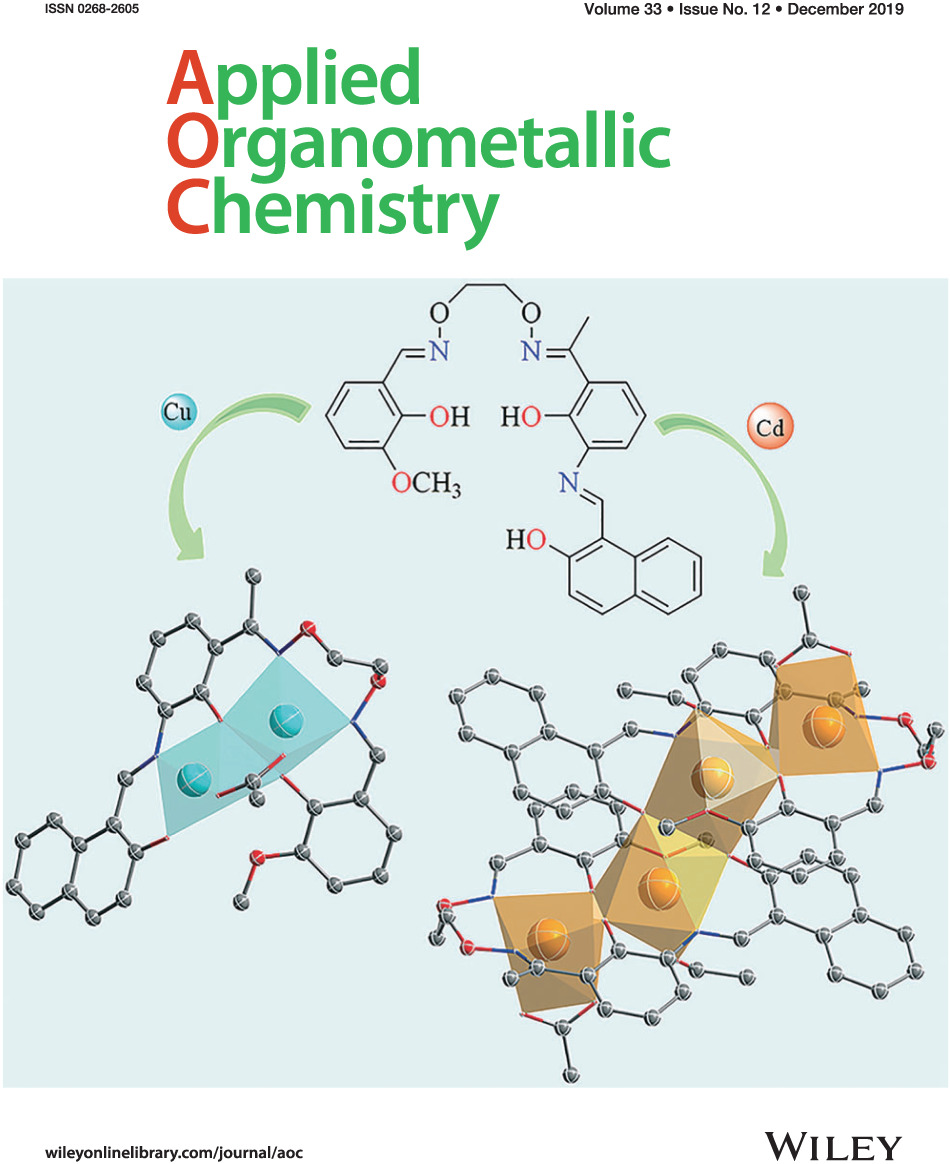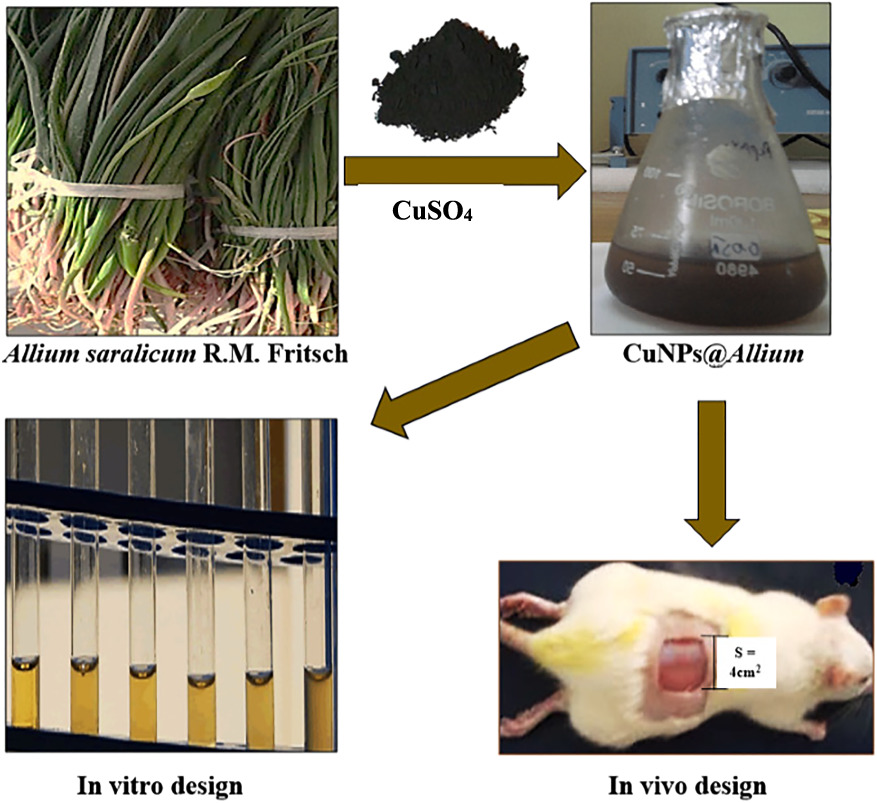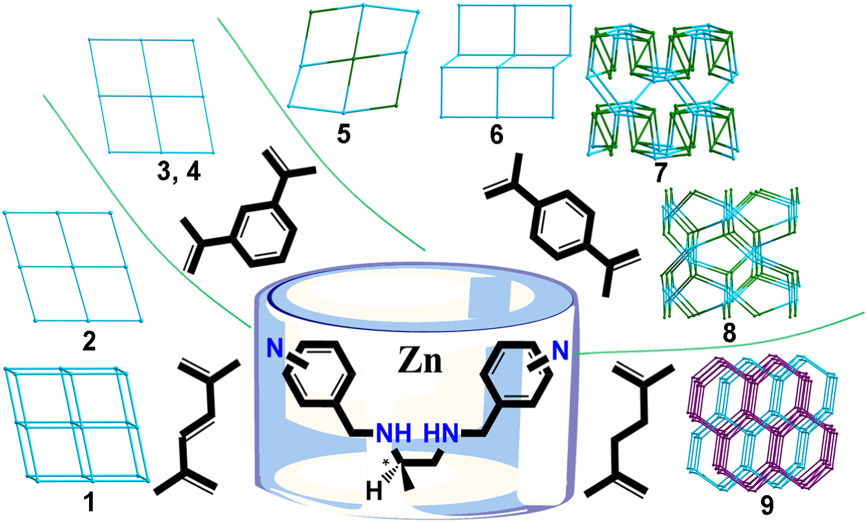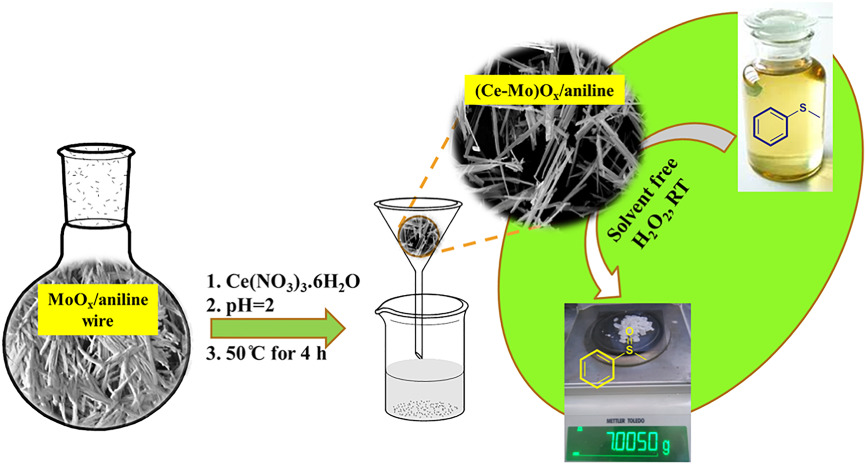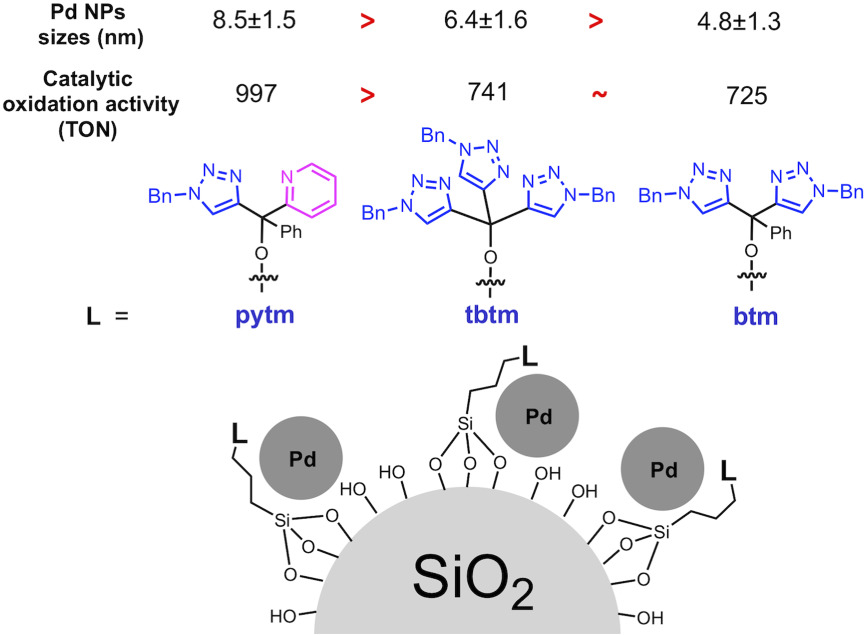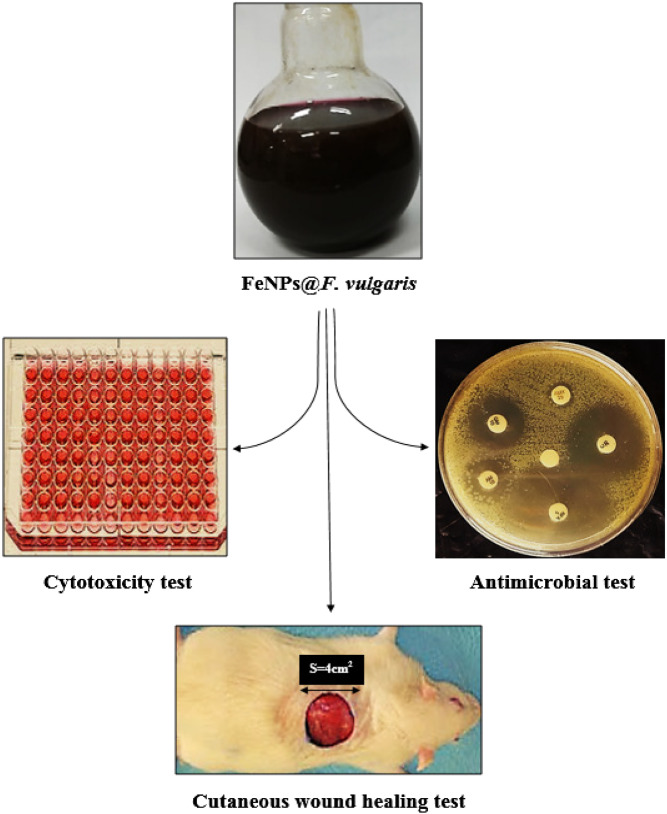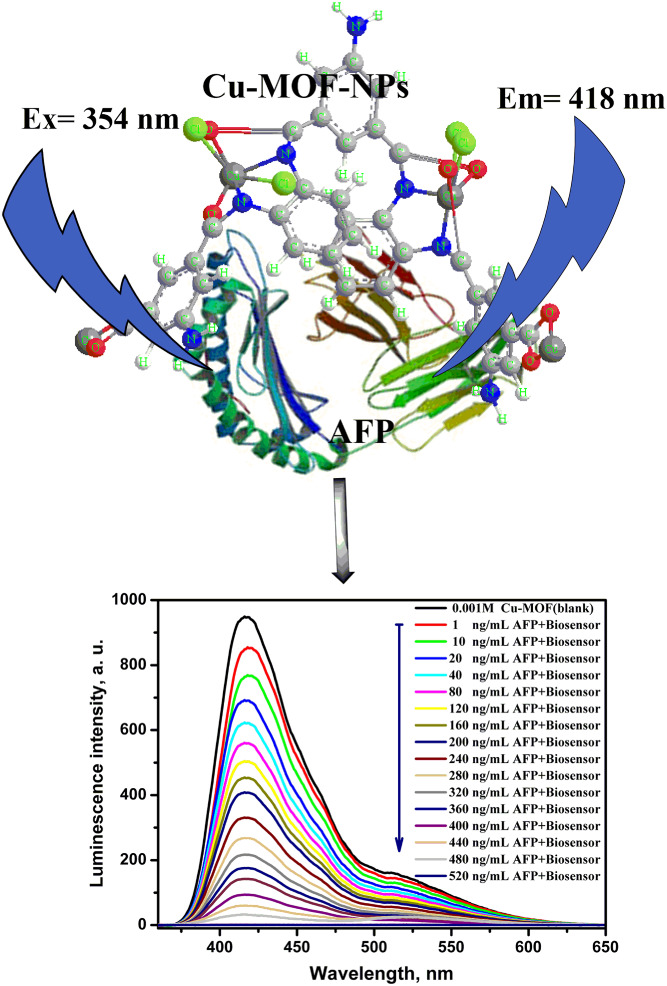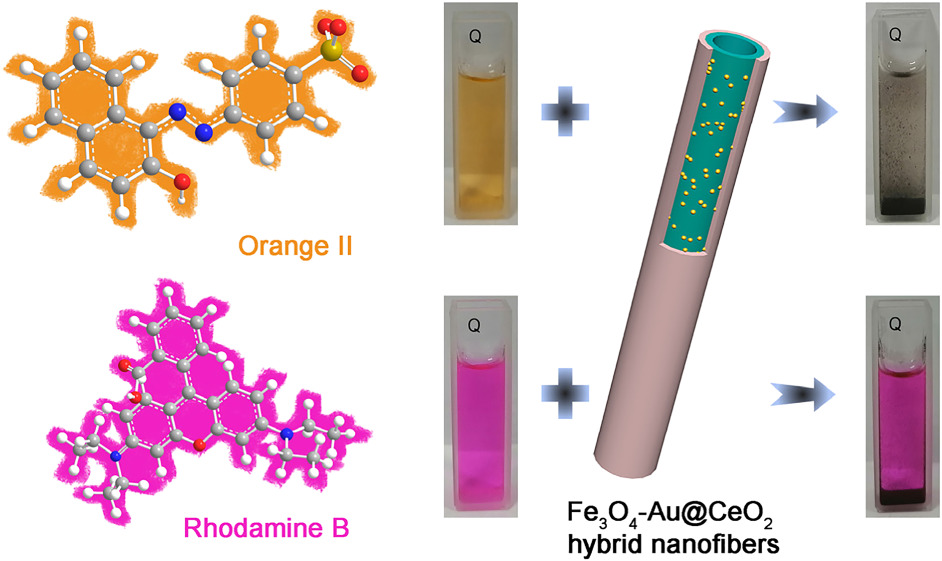Journal list menu
Export Citations
Download PDFs
COVER IMAGE
ISSUE INFORMATION
FULL PAPERS
Efficient construction of C–C bonds from aryl halides/aryl esters with arylboronic acids catalysed by palladium(II) thiourea complexes
- First Published: 14 October 2019
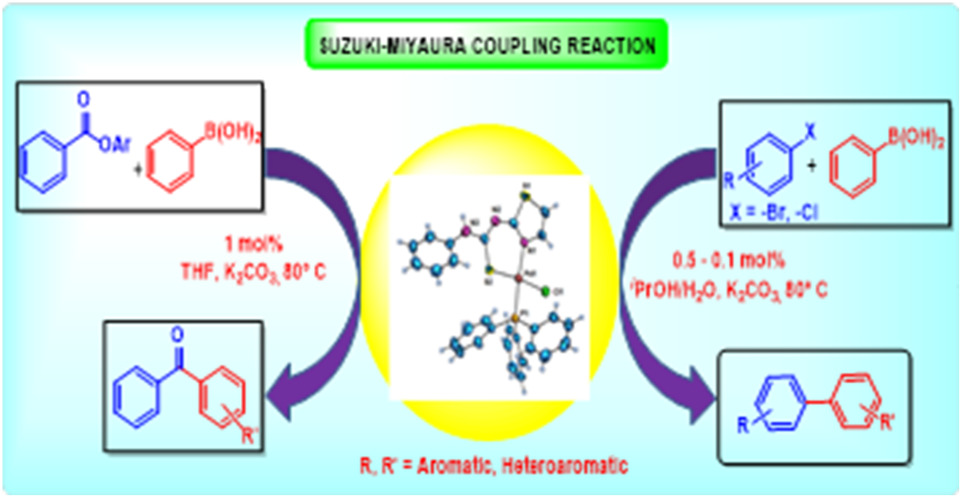
The synthesis and characterization of new Pd(II) thiourea complexes are described. The effective catalytic performance was evaluated in the synthesis of biaryls/aryl ketones from the coupling of aryl halides/aryl esters with arylboronic acid using the Suzuki–Miyaura reaction under green conditions with low catalyst loadings.
Preparation and characterization of new inorganic–organic hybrid catalyst H3PMo12O40/Hyd-SBA-15 and its application in the domino multi-component reaction
- First Published: 17 October 2019
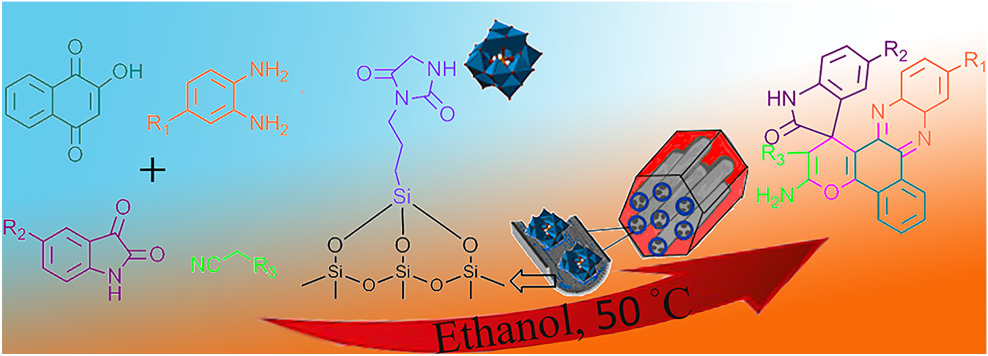
We present novel inorganic–organic hybrid catalyst to accomplish domino multi-component reaction (MCR) for synthesis of 3-amino-2′-oxospiro[benzo[c]pyrano[3,2-a]phenazine-1,3′-indoline]-2-carbonitrile/carboxylate derivatives. This methodology offers remarkable development by easy production of H3PMo12O40/Hyd-SBA-15 in regard to solving the problem of using harsh catalysts, also it demonstrates to be impressive and environmentally friendly in term of low reaction times and high yields.
Electrocatalytic properties of a dinuclear cobalt(III) coordination compound in molecular oxygen reduction reaction
- First Published: 17 October 2019
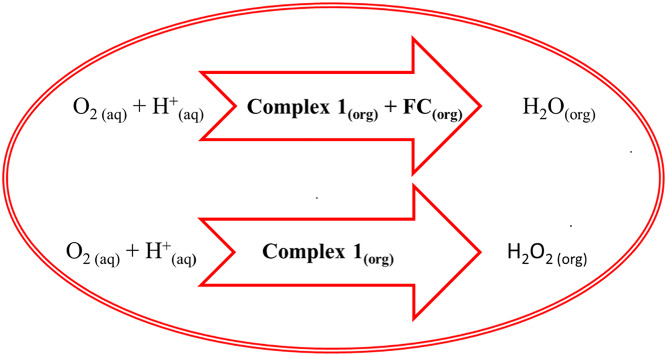
- Syntheses, structure, and spectroscopic studies of a new dinuclear Co(III) coordination compound were performed.
- Electrocatalysis of oxygen reduction at the liquid–liquid interface and hydrogen peroxide generation by the coordination compound alone were achieved.
- Electrocatalytic reduction of oxygen to water at the liquid–liquid interface in the presence of both the coordination compound and ferrocene was performed.
Metal–organic framework derived Pd/ZrO2@CN as a stable catalyst for the catalytic hydrogenation of 2,3,5-trimethylbenzoquinone
- First Published: 03 September 2019
Green synthesis and chemical characterization of copper nanoparticles using Allium saralicum leaves and assessment of their cytotoxicity, antioxidant, antimicrobial, and cutaneous wound healing properties
- First Published: 05 September 2019
DNA interaction, cytotoxicity and molecular structure of cobalt complex of 4-amino-N-(6-chloropyridazin-3-yl)benzene sulfonamide in the presence of secondary ligand pyridine
- First Published: 11 September 2019
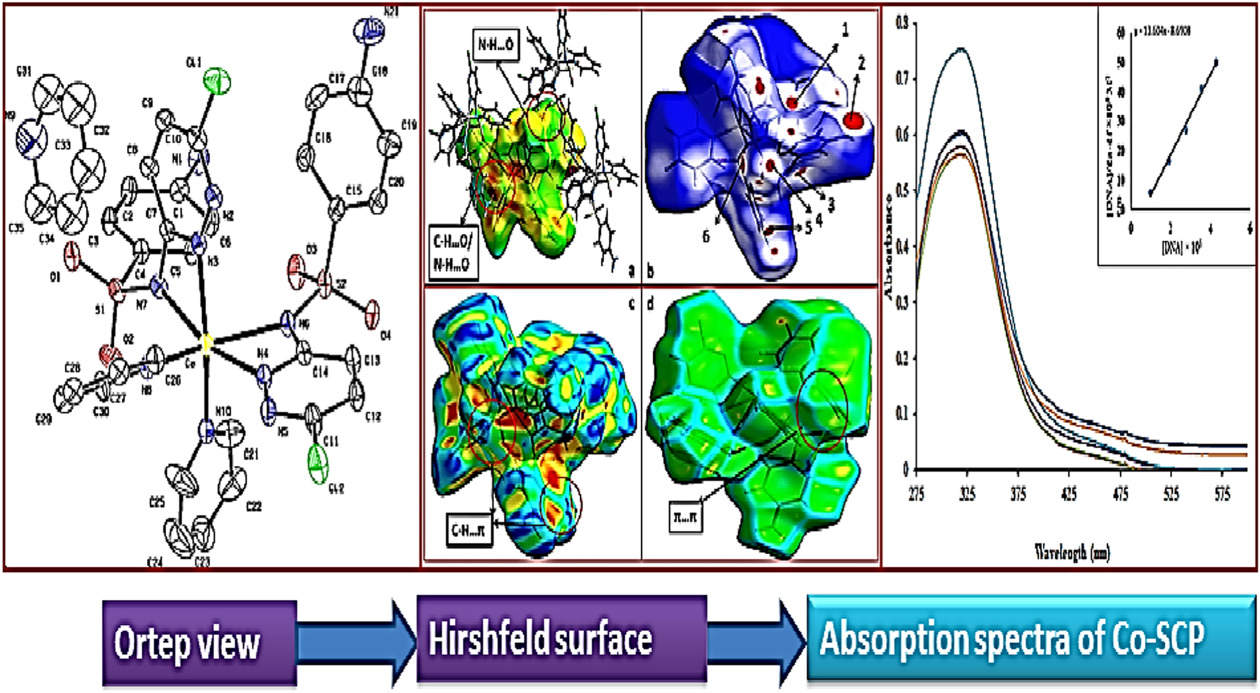
- Characterization of the complex using FTIR and Magnetic susceptibility.
- Determining the molecular structure of the complex by single-crystal X-ray crystallography.
- Interaction studies of the molecule by Hirshfeld surface analysis.
- DNA binding studies and cytotoxicity of the complex.
- Biological activity by molecular docking studies.
Assembled synthesis of luminescent mono/double-layered 2D and 3D Zn (II)-based coordination polymers tuned by flexible bis (pyridyl)propane-1,2-diamines and diverse organic dicarboxylates
- First Published: 11 September 2019
Scaled-up, selective and green synthesis of sulfoxides under mild conditions using (CeIII-MoVI)Ox/aniline hybrid rods as an efficient catalyst
- First Published: 09 September 2019
Triazole-based ligands functionalized silica: Effects of ligand denticity and donors on catalytic oxidation activity of Pd nanoparticles
- First Published: 05 September 2019
Exploiting the versatility of pyridyl ligands for the preparation of diorganotin (IV) adducts: spectral, crystallographic and Hirshfeld surface analysis studies
- First Published: 10 September 2019
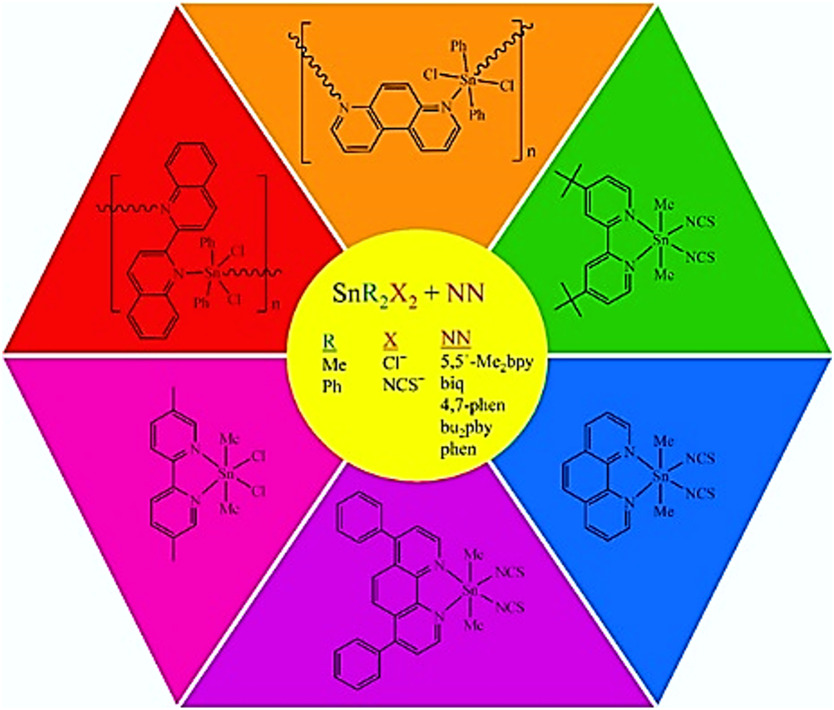
This paper reports the preparation and characterization of some diorganotin (IV) adducts containing a series of pyridyl ligands. The products have been characterized using elemental analysis, IR, NMR (1H, 13C, 119Sn, DEPT-135°) spectroscopy and X-ray crystallography. Interconnections in the four crystal structures were analyzed using Hirshfeld surface analysis. The 2D-fingerprint plots revealed that the H…H and H … C/C … H contacts are more frequent in the crystal structures.
Single-armed salamo-like dioxime and its multinuclear Cu (II), Zn (II) and Cd (II) complexes: Syntheses, structural characterizations, Hirshfeld analyses and fluorescence properties
- First Published: 10 September 2019
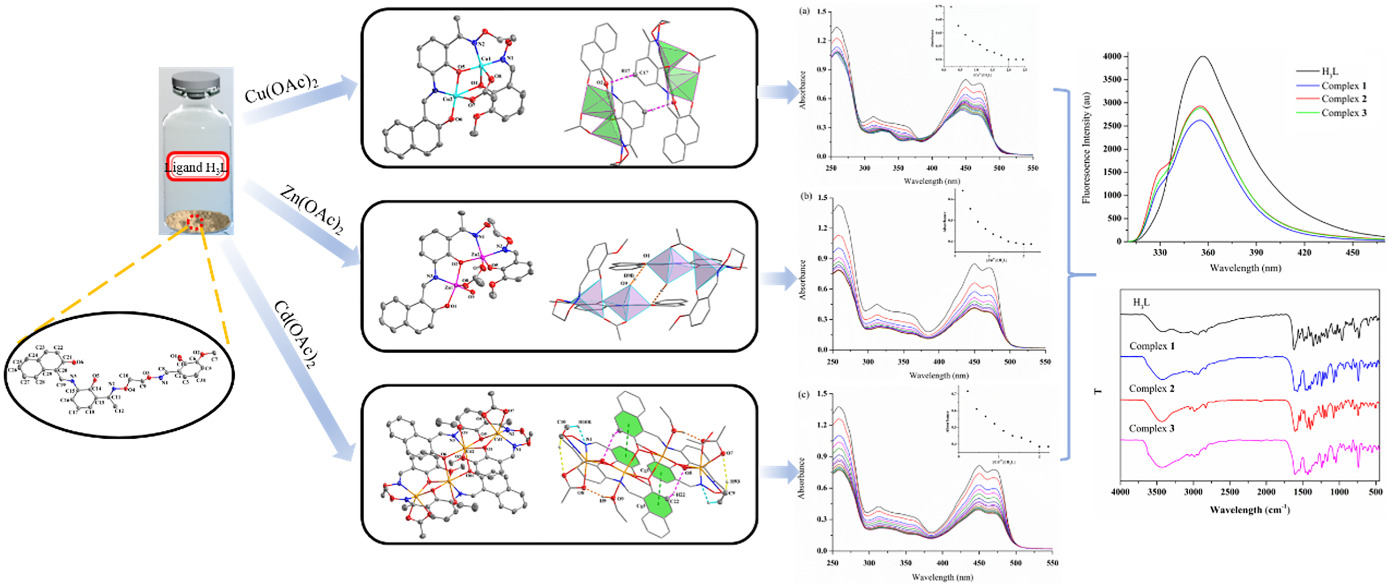
Three multinuclear Cu (II), Zn (II) and Cd (II) complexes, [Cu2(L)(OAc)]·CHCl2 (1), [Zn2(L)(OAc)(H2O)]·3CHCl3 (2) and [{Cd2(L)(OAc)(CH3CH2OH)}2]·2CH3CH2OH (3) with a single-armed salamo-like dioxime ligand H3L have been synthesized, and characterized by FT-IR, UV–vis, X-ray crystallography and Hirshfeld surfaces analyses. Fluorescence properties of the ligand and its complexes 1–3 have also been discussed.
Synthesis and characterization of new organic–inorganic nanohybrid film (TBA)PWFe/PVA/CTS as an efficient and reusable amphiphilic catalyst for ODS of real fuel
- First Published: 15 September 2019

A new nanohybrid film (TBA)PWFe/PVA/CTS was synthesized successfully, as a highly active catalyst. The catalytic activity of (TBA)PWFe/PVA/CTS was evaluated in the CODS of real gas oil. Also,the solutions of heterocyclic thiophenic compounds (HTCs) in n-heptanewere tasted as simulated fuels. It was found that the removal efficiency of HTCs in the presence of (TBA)PWFe/PVA/CTS catalyst reached as high as 95% at 60 °C after 2 h.
A stable pillared metal–organic framework constructed by H4TCPP ligand as luminescent sensor for selective detection of TNP and Fe3+ ions
- First Published: 22 October 2019

A novel luminescent metal–organic framework with pillared structure has been constructed using 2,3,5,6-tetrakis(4-carboxyphenyl)pyrazine (H4TCPP) and 4,4′-bipyridyl ligands. It exhibits excellent physical and chemical stability, and luminescent sensing ability for 2,4,6-trinitrophenol and Fe3+ ions.
Falcaria vulgaris leaf aqueous extract mediated synthesis of iron nanoparticles and their therapeutic potentials under in vitro and in vivo condition
- First Published: 15 September 2019
A novel biosensor for early diagnosis of liver cancer cases using smart nano-magnetic metal–organic framework
- First Published: 21 October 2019
Constructing magnetic Fe3O4-Au@CeO2 hybrid nanofibers for selective catalytic degradation of organic dyes
- First Published: 22 October 2019




